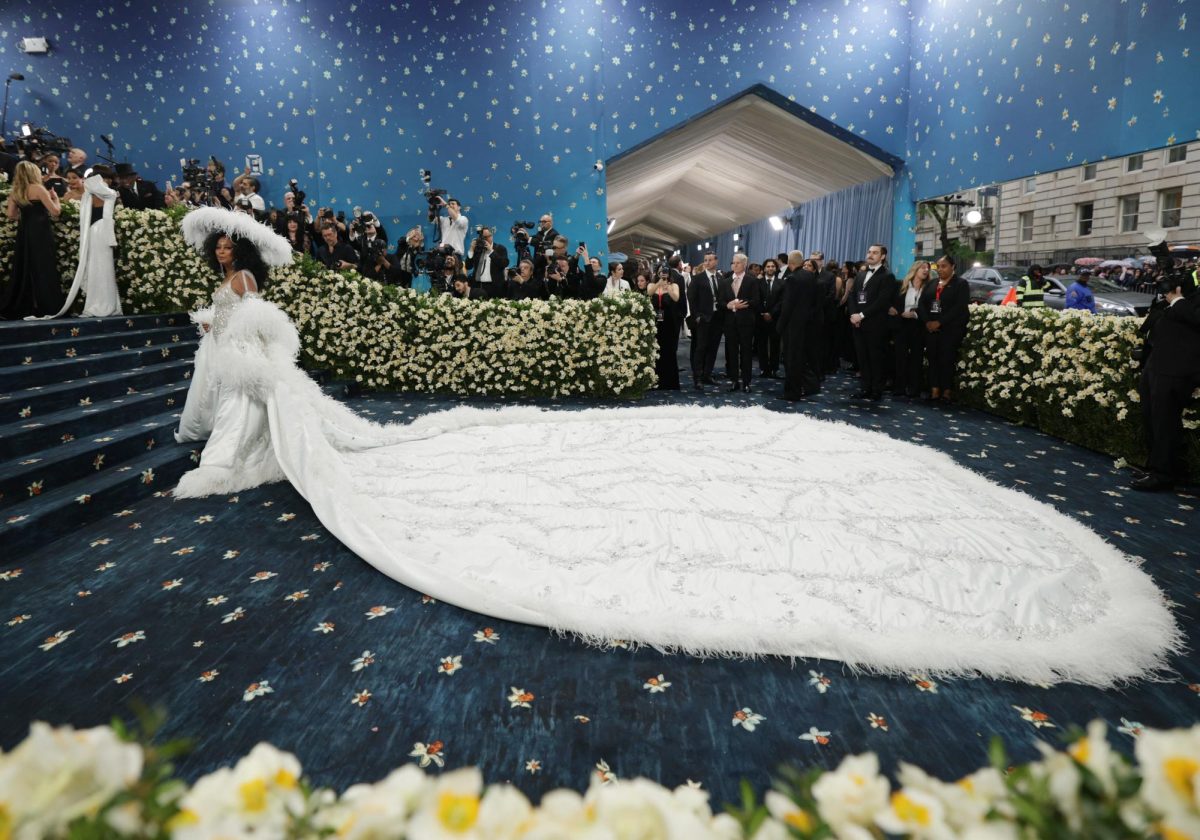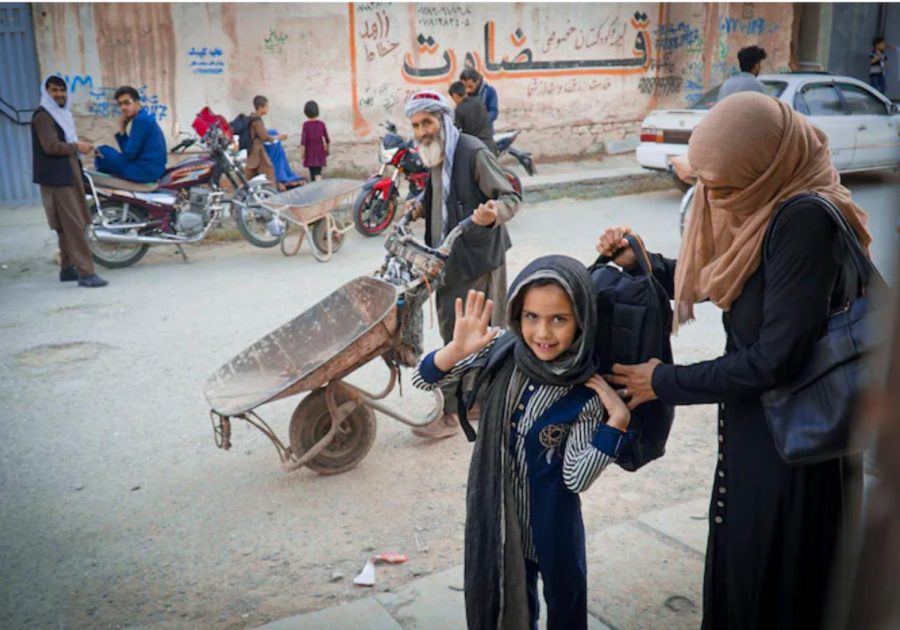Case Study: Taliban’s Treatment of Women in Afghanistan
Women’s rights are being attacked in Afghanistan. Since America has pulled our troops from this area, what can be done?
Even with the end of the Afghanistan War in 2021, and the transfer of power to the Taliban over a year ago, Afghanistan still hasn’t felt peace. Along with women’s rights, including the enforcement of Sharia Law, and malnutrition, the economic state of Afghanistan is in turmoil due to the Taliban’s rule.
The core principle of the Taliban philosophy is Sharia Law, a legal system based from the Quran, the holy book of Islam. The Quran is a compass and a guide of morality for Muslims, and has led to many issues regarding women’s rights and the treatment of women. The Taliban has been enforcing this law with public executions.
One of the Taliban’s orders was to force a marriage for girls over the age of 15 and widows under the age of 45 to Taliban fighters. When these forced marriages take place, these girls and women will be taken to Pakistan to be re-educated and converted to “authentic Islam”, a warped take of Sharia law by the Taliban.
The new developments are reminiscent of the Taliban regime in 1996-2001, where women were subjected to persistent human rights violations, education and employment opportunities, forced to wear a burqa, and were forbidden to leave their homes without a male guardian.
Despite the Taliban’s claims that they changed their stance on women’s rights, thousands of women have been sold into sexual slavery, girls are denied education past the age of 12, and have reinstated the law about women requiring guardians outside the home.

Whenever there is a big new story, whether on campus or off, you’ll find Neve Walker at the heart of it. Neve is a senior at Cathedral, and in her second...





















































